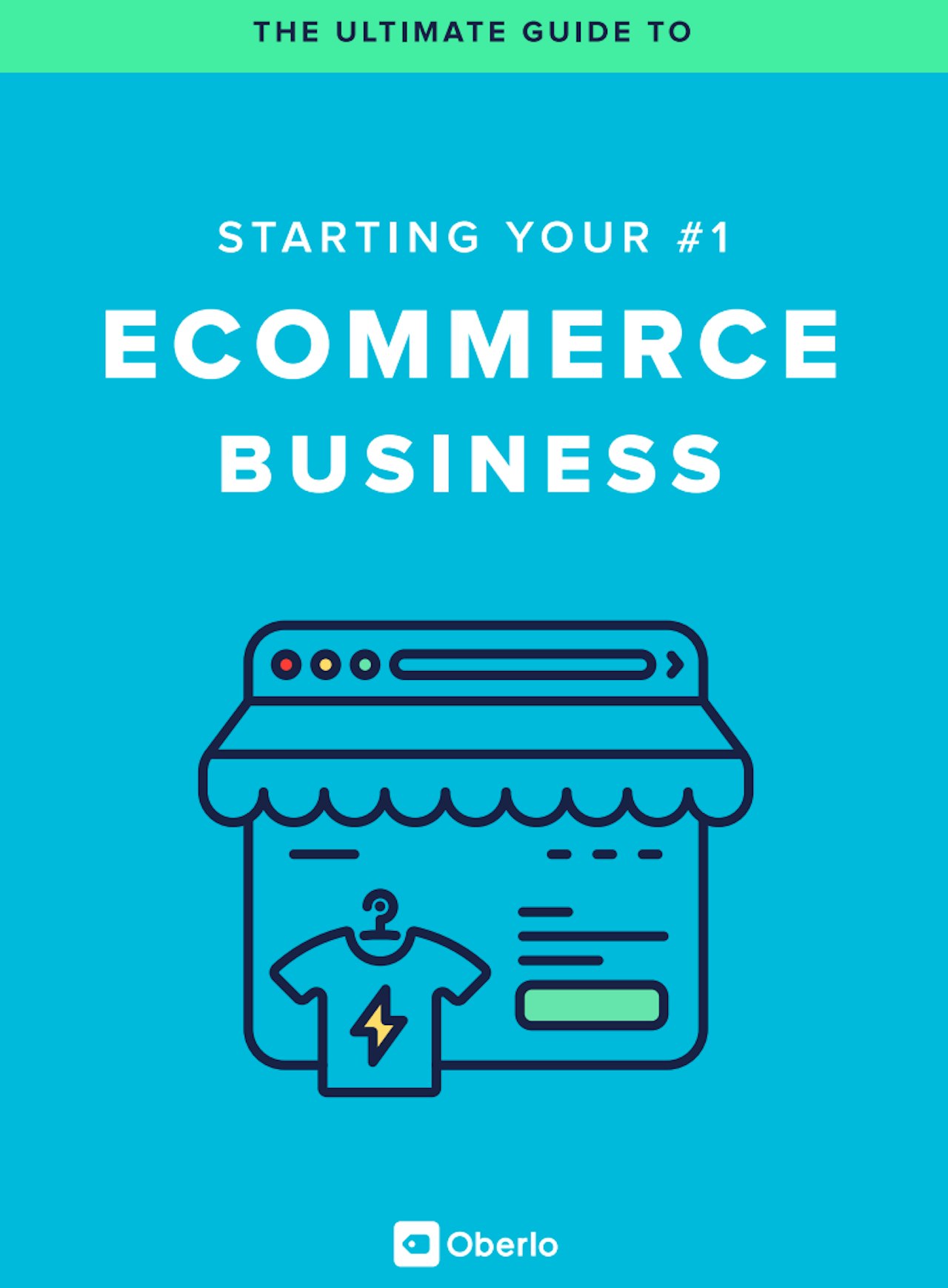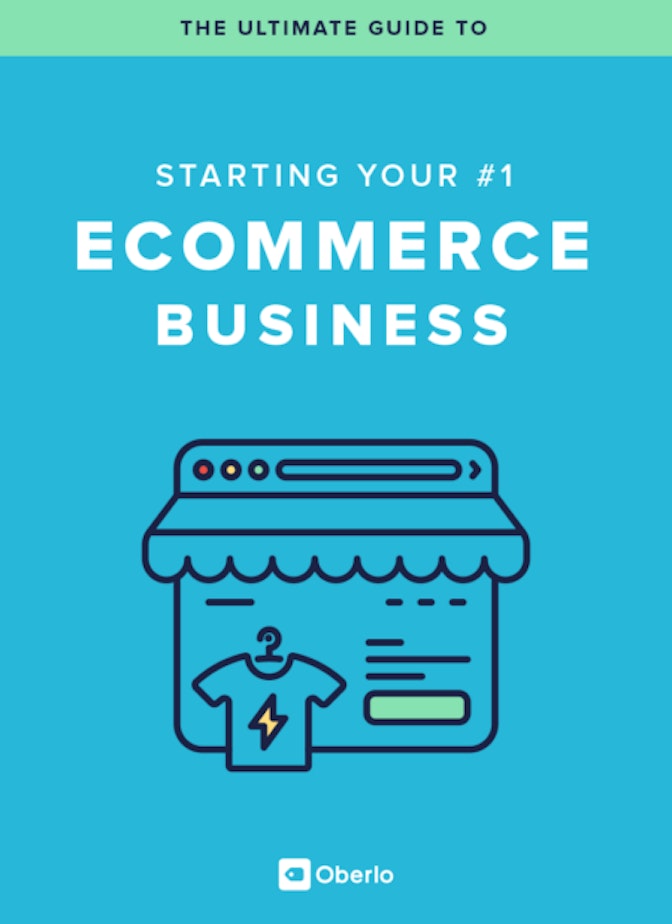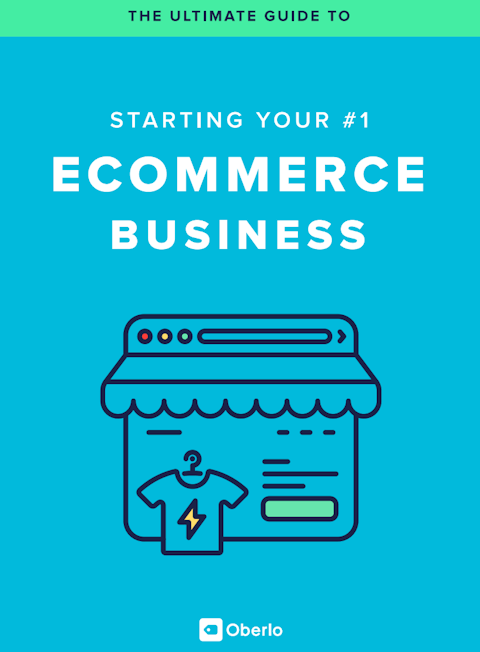
As you may have noticed, generating the product ideas is the easy part. What truly matters is knowing which products will sell well, or at least have potential.
In this chapter, we will narrow down our ideas list and decide which products we are going to sell in our eCommerce store.
There are eight different filters. Go through each one and cross out the ideas that fail to meet the criteria.



Filtering Product Ideas
1. Niche Filter
With the rise of dropshipping and the relative ease that an eCommerce store can be created, niche shops have become the trend. It quickly turned from an eCommerce novelty to a proven, successful strategy.
Don’t fight the big stores. Avoid too broad and general categories. The masses are already exposed to thousands of offers daily.
→ Click Here to Launch Your Online Business with Shopify
Look to supply niche products that are underserved by larger players. For example, there is no specific interest group for a normal belt, but you can easily tell that cycling gear will resonate well with cycling enthusiasts. Find your niche.
2. Stay Away Categories Filter
It may overlap with the Niche Filter, but it’s essential to narrow down your product selections by excluding the ‘stay away’ categories.
Some product categories have grown significantly over the last decade, so there are already many strong players and smaller shops out there supplying these products.
Just look at the eCommerce growth rates: book sales are flat and the jewelry market is shrinking. 80% of Americans say they’ve bought electronics or apparel online in the past three months, which means they already have their choice of trusted store.
Cross off the following general categories from your idea list: books, jewelry, electronics, and clothing — you will need to be more specific and find a niche.
Please note: I don’t suggest crossing out these categories entirely. You could sell unique women’s fashion clothes, custom hiking/cycling electronics gear, or jewelry hidden in ca/videos/womens-fashion-ecommerce-storendles. I suggest you focus on finding an interesting subcategory that will make your store unique. Don’t fall into the trap of selling in general categories.
3. Price Sweet Spot Filter
We found that the perfect eCommerce product price is $40 to $60 (at a 200% markup).
With a $40 to $60 price range, the profits are relatively good and you can still cover the marketing costs of up to $20 per sale. The conversion rate is usually higher because the purchase requires less consideration on the part of the buyer. There is also less support. You increase the odds of the success of your store in the developing markets. With Chinese dropshipping, you can sell everywhere in the world. Although $30 may not be much to people living in the US, but it could be a lot for someone in South America or Eastern/Central Europe. Look over your list and cross out product ideas that are more than $60.
4. Marketing Channels Filter
You have to think about your marketing strategy before you even launch your store. You may change it, but you must have a plan to begin with.
To put it simply, different marketing channels are great for different products. Once you pick the product, you have to figure out which marketing channel will be best for it.
Advertising an $800 hoverboard on Facebook might not be the best idea, but you might succeed in advertising it on Google Adwords. A hoverboard is not a spontaneous purchase, in most cases, people will Google it to learn more about it and find which stores sell it.
Take a look at the product evaluation/marketing table:
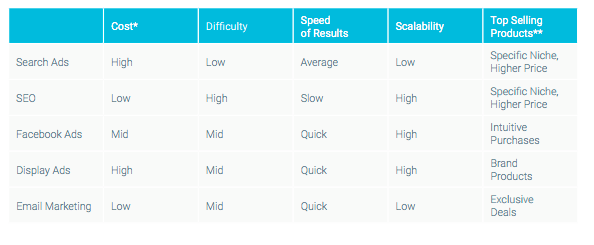
Think about your resources (time, money, knowledge), select one or two marketing channels, and cross out all ideas that don’t suit those channels.
5. Google Trends & Keyword Tools
This is a must if you’re going to use Google Adwords or if you’re trying to grow your organic traffic. I recommend using these even if you’re going to use another marketing channel. It helps to see what products are trending and also to check the demand of your product ideas.
Keyword Tool
Go through your product ideas and enter each product name and their variations into the Google Keywords Analysis tool. Select Keywords Ideas method and look at how many searches each Low Competition Keyword receives.

Let’s say you could get all of that traffic and 2% of them would buy at your store. Would this demand be enough?
Google Trends
Go to trends.google.com and do the same. Enter each of your product ideas into the search and look what the trend is. Is the trend increasing or decreasing? Are there any patterns? Do you see any spikes?
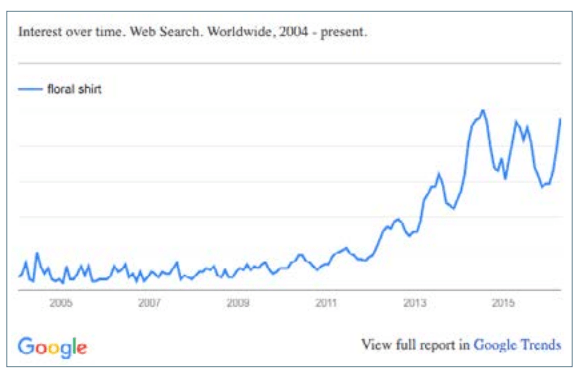
What Does It All Mean?
In general, you should avoid product categories that have little or no search traffic (less than 500 monthly searches). If you are planning to do a lot of search campaigns or grow organically through SEO, you should further dismiss all product ideas that have high competition according to the Google Keyword Analysis Tool.
6. Seasonality Filter
Avoid seasonal products like Christmas decorations, Easter baskets, and even children’s toys. You can check product seasonality trends at Google Trends.
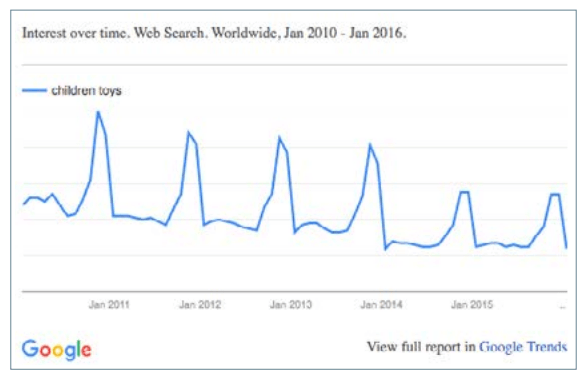
By focusing on seasonal items, you are reducing your sales cycle. Most Christmas decoration sales do not take place in the spring or summer, and Easter basket sales are not high in the fall or winter. You want to put products in your store that will be attractive for buyers for the entire year.
7. Copyrights Filter
Dismiss all branded products — it is not easy to find suppliers. If you dropship them from little-known suppliers, chances are you’ll be selling fake products. Build your own shop brand, and avoid western brands.
8. Competition Filter
Evaluating your competition may be an endless task, but you need to check whether the product you’re about to start advertising is already widespread among other websites.
Here’s a simple trick:
If you’re dropshipping, most store owners will likely have the same images. Google a product and try doing a product image search. Look at how many shops have similar products.
Find your competitors, check their pricing strategy, research their popularity/traffic (on sites like Alexa.org or SpyFu.com), and what marketing channels they are using. Cross out all products ideas that already have huge competition.
Chapter’s Action Item
Decide Your Store Product Category. Filter the product ideas you wrote in the previous chapter using the above filters. Decide on the product ideas that you want to proceed with when creating a store, and then think of related products to fill in the store.
Next, we’ll be launching our eCommerce store: picking a brand name, designing a logo, and setting up the Shopify store.
